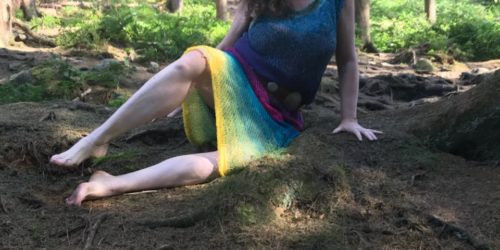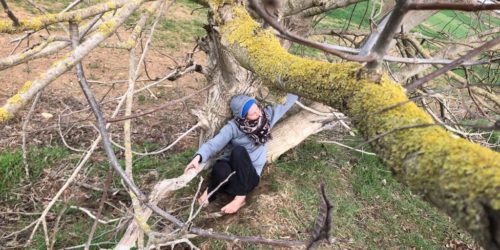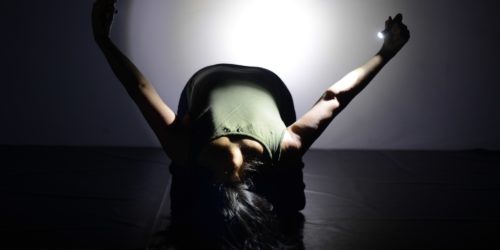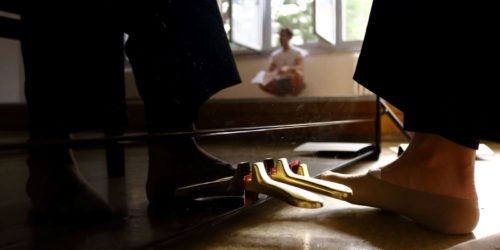(In) securely attached – Attachment wounds and crisis in development. Marielle Gerke
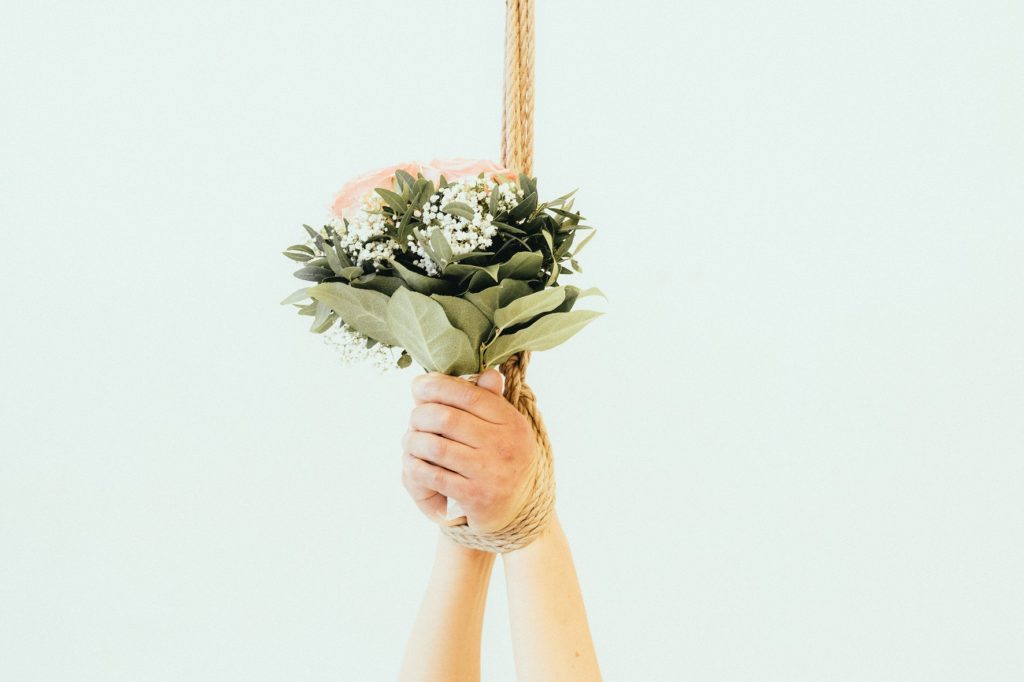
“I am sensing pain. Pain in my chest. It gets tighter and tighter. Breathing becomes difficult. I can´t stand it for much longer. I am asking for help. My feet touch the floor. Then my knees. The pain eases up. My heart has more space again. I am breaking in tears. I feel vulnerable and powerless. I am capitulating. I am breathing. I am starting to free myself from the bonds. It needs time. So entangled, so involuted. I am getting angry. Powerless, furious. What´s all this? I want to escape. I am screaming, but nothing can be heard. I am defending myself. Pain on my skin. I want to give up. But I don´t. I am looking closely. I am seeing all the knots. Patiently, I am untying one after the other. I am starting to relax. I am getting calmer. I am moving myself. There is more freedom. There is aliveness. I am sensing the echo of the bonds on my skin. In my soul. Their resonance. Gently, I am caressing myself. Slowly, I am developing. Further and further. It gets easier. I am moving. A little more free. I am safe. What is left are the scars. How long? I don´t know, maybe forever.“
The word trauma comes from Greek and means “wound”. In a psychological context, trauma describes a violent shock to the soul. It can be caused when an individual feels helplessly exposed to a massive danger to the body, mind or soul. The experienced misery, the loss of control and the following feelings of powerlessness overwhelm the nervous system into a state of emergency. Sometimes, individuals can´t overcome this state on their own without help. An attachment trauma is a trauma that happens in childhood between a child and a close attachment figure such as a parent, which leads to a tremendous inner conflict for the child and an insecure bond. Causes of attachment trauma can be physical, sexual and emotional abuse, physical or emotional neglect as well as sudden separation from or lack of attunement or unpredictability from the attachment figure. Attachment trauma, that often takes place repeatedly over long periods of time, leads to the development of insecure attachment styles for the involved child. As adults these people with insecure attachment styles often struggle to feel good, safe and secure in their relationships or struggle to even start, maintain and keep long lasting relationships. Often unconscious and unintentional, they repeat in their later lives the destructive relationship and behavioral patterns of their childhood, through which old traumas are reactivated or new wounds are caused. Besides the effects that trauma can have on the way the affected individuals relate to their environment it is also proven to be harmful to their mental as well as their physical health.



This project has dealt with the topic of trauma, due to my personal interest and the societal relevance of the topic in our times. Through the pandemic, and the consequences it has brought me, I was confronted with real and irrational existential fears as well as feelings of powerlessness and anger. These feelings, although familiar, during the lockdown manifested in new and intense ways, and at times I did not know how to deal with them and felt concerned by their magnitude. Over and over, I had to remind myself that I am not as mighty as I wish to be but also not as powerless as I fear to be. In the meantime, my system has settled down again, I feel safe, self-effective, able to act and lovingly supported. In this project, I have experimented with Japanese rope art. I have both let myself be tied up and tied myself up. I was interested in how it feels for me to voluntarily surrender myself to someone and to temporarily give up my will power and my freedom as represented in the loss of my movement. I wondered what I could learn, about my life and myself and how the ropes would inform my physicality and movement patterns. Do I experience the ropes as restriction or do they also give me orientation and support? Does the ambivalence between my desire to control and the longing for devotion dissolve for a moment? One thing I can say in hindsight: I am more devoted than I had expected but also more vulnerable.
I am grateful for the support and expertise of my three colleagues who accompanied me on this journey: Ann Antidote, Dan Farberoff and Oliver Stein. Special thanks to Ann, who tied me up with respect and attunement. Thank you!


